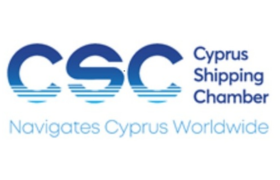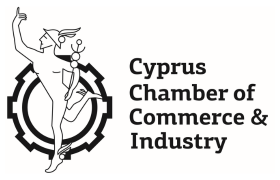These asset classes broadly include fixed income, equities, and alternative assets. Each of these has multiple sub-classes. The allocation to each class and sub-class is determined by the investor’s goals and risk tolerance. The importance of asset allocation and its implications will be discussed in a future article. The second most important decision is in what funds or securities to invest within each asset class. To make an informed decision, one would have to address both the desirable attributes as well as the undesirable ones. Today we will deal with the latter and in next week’s article the former, so stay tuned. In investing one often “wins by not losing”. As such, avoiding the losers is as equally important as choosing the winners. Below is a partiallist of what I would be aware of in order to avoid possible losses.
Commissions – which are often paid to your bank or advisor that recommended the fund – come from charges that come in two forms: initial and 'back-loaded'. In bothcases, the recipient of the commission is paid at the time of investment. It is advisable to avoid funds that pay commissions to your advisor or bank who recommended them. Note that no self-respecting fund company keeps any of these charges as commission itself, so one should be able to enter and exit a fund at its Net Asset Value (NAV). This is often not disclosed to investors but it is something that you must ask your advisor or bank. Funds that pay commissions derived from 'back-loaded' charges have a loyal following among some in the Independent Financial Advisor (IFA) community and the attractive commissions are usually a disincentive for these IFAs to perform proper due diligence on the fund in order to ensure they are acting in their clients’ best interests.
In addition to funds, Structured Notes targeting retail investors, that are very much in vogue with banks and many IFAs, pay large commissions of anywhere from one per cent to seven per cent each time they are bought. These products are priced in such a way that the investor is paying for this commission, which reduces the attractiveness of the product. The Total Expense Ratio TER, it is the total running annual cost of a fund and includes the management fee, audit fee, custody fee etc. Try to avoid funds with high TERs.
Avoid funds whose underlying assets do not trade in a public and liquid market. If not, the sources of pricing are often very 'thin' and can be subjective. This raises issues with regards to the correct and transparent calculation of the net asset value of the funds. Many such funds also have high TERs, and the nature of these expenses is often not transparent to the investor.
Avoid funds that invest in illiquid assets. While buying into these markets is easy, selling is rarely as straightforward. Should there be a rush to the exits, many of these funds will not be able to cope and might suspend redemptions. Retail investors are usually targeted, as it is rare to see institutions buying most of these funds. Retail investors are easier to convince than professional ones. Based on the marketing material of most of these funds, they target returns in the upper single digits (7-9%), and propose to do so with 'very low risk'. It begs the question when risk-free bonds yield 1-2% annually for five years, how any financial product can produce such high returns without the commensurate risk. If the business is so sound, why do the funds require retail investors for funding? One would think they can present a solid business plan to their bankers and secure a loan at prevailing interest rates of 2-4% rather than using much higher cost of funding from retail investors.
In general, avoid funds that have almost 'perfect' charts that slope from the lower left to the upper right in nearly a straight line. In the past, many funds that had such uniform charts like the one pictured have tended to freeze and/or fall dramatically due to fraud or other reasons. There are many such potentially 'ticking time bomb' funds out there and some might be in your portfolio.
It does not have to be a boiler room 'get-rich-quick' scheme that ends up decimating an investment. With the caveat that all 'too good to be true funds' cannot be painted with one brush, one cannot help but be uncomfortable with most funds that invest in legal financing, non-listed property, student accommodation (non-listed), alternative finance, traded endowment policies, traded life policies, collectibles (wine, art etc) and environmental (forestry, climate etc). Attractive back-tested returns in new funds almost always need to be questioned.
I hope the above insights have given you food for thought and will at leastlead you to review your current portfolio holdings.
Nicos Cotsapas is a partner of Cyprus-based Elgin AMC and Swiss-based Elgin Group LLC. Opinions expressed in this article are those of the author and do not constitute financial advice in any way. Please visit www.elginamc.com for more information. If you would like further information on funds to avoid or on how to structure diversified portfolios, please send an email to info@elginamc.com or call 22-465104.
Source: Cyprus Mail













